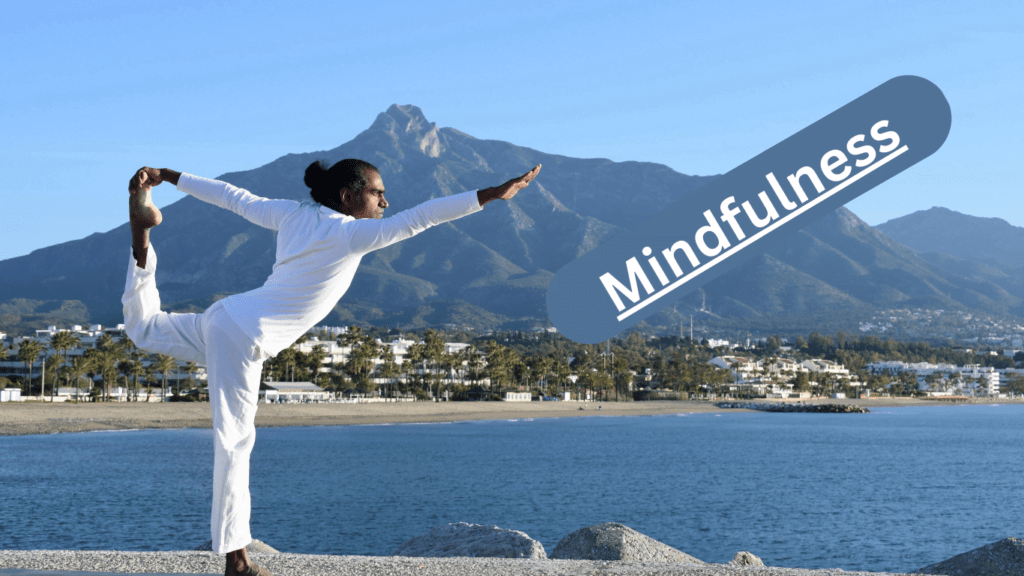
Discover the power of mindfulness with these 5 simple practices for a stress-free life. Learn to breathe, meditate, walk, eat, and journal mindfully. Achieve inner peace and reduce stress today!
Stress-Free Life
In today’s world, stress has become a common companion in many people’s lives. The constant rush, pressures, and demands often leave us feeling overwhelmed and disconnected. Mindfulness offers a powerful antidote to this modern-day affliction. By cultivating mindfulness, we can find inner peace, reduce stress, and live a more fulfilling life. This article explores five simple mindfulness practices that can help you achieve a stress-free and balanced life.
Understanding Mindfulness
Definition of Mindfulness
Mindfulness is the practice of being fully present in the moment, without judgment. It involves paying attention to our thoughts, feelings, bodily sensations, and the surrounding environment with open curiosity.
Benefits of Mindfulness
Research has shown that mindfulness can bring numerous benefits to our physical and mental well-being. It reduces stress, anxiety, and depression, improves focus and concentration, enhances emotional regulation, and promotes overall happiness and life satisfaction.
Practice 1: Deep Breathing Exercises
How to Practice Deep Breathing
Deep breathing is a fundamental mindfulness technique that helps calm the mind and body. Find a quiet place to sit or lie down comfortably. Close your eyes and take a slow, deep breath in through your nose, filling your lungs completely. Hold the breath for a moment, then exhale slowly through your mouth. Repeat this process, focusing your attention on each breath.
Benefits of Deep Breathing
Deep breathing triggers the body’s relaxation response, reducing the production of stress hormones and promoting a sense of calmness. Regular practice can help reduce anxiety, improve sleep, and increase overall emotional well-being.
Practice 2: Body Scan Meditation
How to Perform Body Scan Meditation
Body scan meditation involves systematically directing your attention to different parts of your body, noticing any sensations without judgment. Lie down in a comfortable position and start by focusing on your toes. Gradually move your attention up through your feet, legs, abdomen, chest, arms, and head, paying attention to any tension or discomfort.
Benefits of Body Scan Meditation
Body scan meditation promotes body awareness and relaxation. It helps release physical tension, reduce muscle stiffness, and improves body-mind connection, leading to a greater sense of well-being.
Practice 3: Mindful Walking
How to Practice Mindful Walking
Mindful walking is a simple yet profound practice that can be done anywhere, anytime. Slow down your walking pace and become aware of each step you take. Notice the sensation of your feet touching the ground, the movement of your body, and the sounds around you.

Benefits of Mindful Walking
Mindful walking allows you to bring your attention to the present moment, letting go of distractions and worries. It improves mental clarity, relieves stress, and enhances appreciation for the beauty of the world around us.
Practice 4: Mindful Eating
How to Practice Mindful Eating
Mindful eating involves savoring each bite of your food, paying attention to its taste, texture, and aroma. Slow down your eating pace and chew your food thoroughly. Put away distractions like phones or computers during meals.
Benefits of Mindful Eating
Mindful eating promotes healthier eating habits and helps prevent overeating. By fully experiencing each bite, you can enjoy your meals more and develop a positive relationship with food.
Practice 5: Gratitude Journaling
How to Start Gratitude Journaling
Keep a gratitude journal where you write down three things you are grateful for each day. These can be simple things like a warm cup of tea, a supportive friend, or a beautiful sunset.
Benefits of Gratitude Journaling
Gratitude journaling shifts your focus from what you lack to what you have, fostering a sense of abundance and contentment. It boosts optimism, increases resilience, and enhances overall well-being.
Integrating Mindfulness into Daily Life
Apart from the specific practices, you can integrate mindfulness into your daily life by being more aware of your actions and interactions. Mindful technology use involves being conscious of the time spent on screens and using technology purposefully. Mindful communication means being fully present and attentive when talking to others, improving the quality of your relationships.
FAQs
Q: Is mindfulness suitable for everyone?
Q: Can mindfulness replace medical treatment for mental health issues?
Q: Can mindfulness improve my productivity at work?
Mindfulness is a powerful tool that can transform your life. By practicing simple techniques like deep breathing, body scan meditation, mindful walking, mindful eating, and gratitude journaling, you can reduce stress and experience greater peace and contentment. So, take a moment to pause, breathe, and bring your attention to the present. Embrace mindfulness, and you’ll find yourself living a more meaningful and stress-free life.
